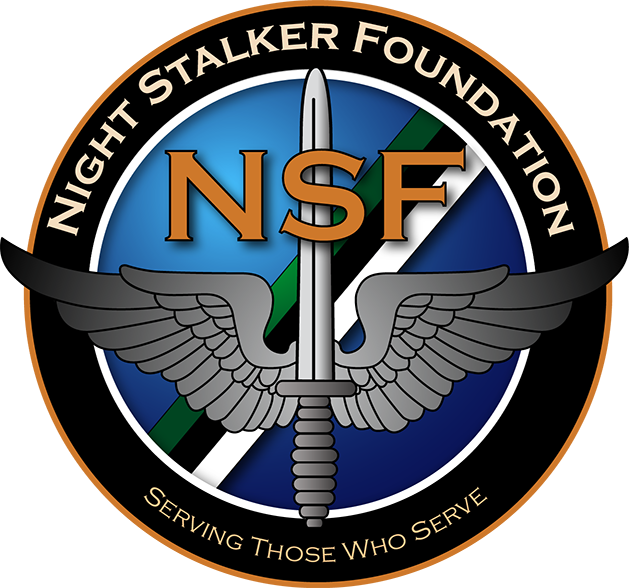The History of the
Night Stalkers
The US Army owes its modern night-fighting aviation capabilities to the 160th Special Operations Aviation Regiment (Airborne), headquartered at Ft. Campbell, KY. Originally formed from attachments of the 101st Airborne Division, after years of development, training and deployments it has become the world’s most elite special operations night-operating aviation force. Employing heavily modified Chinook, Black Hawk, and assault and attack configurations of Little Bird helicopters and unmanned-aerial-systems, they are exceptionally well-trained and ready to accomplish the very toughest missions in all environments, anywhere in the world, day or night, with unparalleled precision.
They are commonly called the Night Stalkers because of their ability to strike undetected during night-time operations. Since the terrorist attacks on the World Trade Center on 9/11/2001, units of the Night Stalkers have been continuously and actively engaged in special operations combat deployments around the world.
The formation of the Night Stalkers was a direct result of the failed Iran hostage rescue attempt in April 1980, which clearly showed the need for a dedicated, specialized night-operating aviation force.
Subsequent to the Iran hostage debacle, an aviation unit of the 101st Airborne Division, called Task Force 160, was formed and began extensive and intensive night-flying training. In October of 1981, the unit was formally recognized as the 160th Aviation Battalion of the US Army.
The Night Stalkers’ special operations combat actions continued with an operation in 1987 to protect oil tankers from Iranian attack in the Persian Gulf using forward-looking infrared devices; in 1988 to recover a Soviet attack helicopter in Chad; in 1989 the liberation of Panama from Manuel Noriega; in the early 1990’s, operations in support of Desert Shield and Desert Storm; and in 1994, an operation conducted from an aircraft carrier to repel a potential Haiti military coup that was attempting to preclude a freely-elected President from taking office.
Since being officially activated as the 160th Special Operations Aviation Regiment (Airborne) in 1990, the unit has grown and evolved into an elite military aviation force with four assault battalions, a training battalion and two unmanned-aerial-systems (drone) companies providing advanced reconnaissance and intelligence capabilities to enable the striking of targets from great distances by special operations forces on the ground.
In every conflict, the courageous response of the US Army’s only special operations aviation unit has successfully deterred significant acts of aggression by those who seek harm to our country. The Regiment continues to lead the way in pioneering night-flight techniques and the development of specialized equipment while continuously earning their motto that “Night Stalkers Don’t Quit”.




